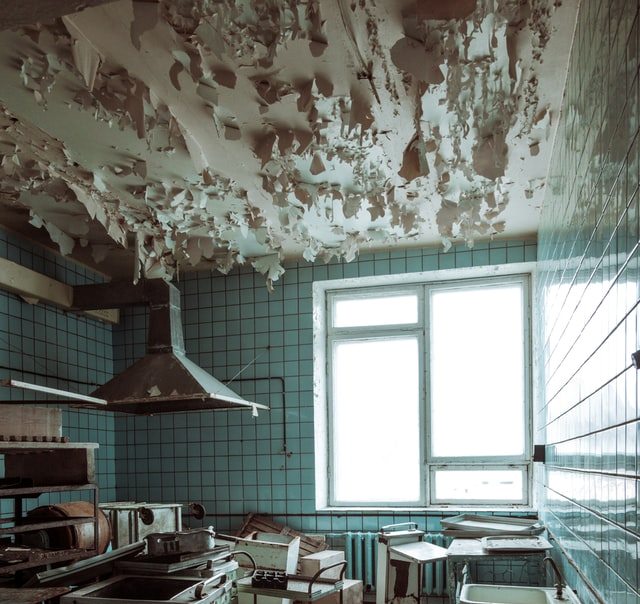It may not be the first thing that comes to mind when you think of home care, but it should be. Because it is hot in Sydney, water can damage buildings if it is not stopped. If you own a home or handle rental properties, you need to know how to spot moisture problems. You don’t want to find out about water damage too late.
The world of moisture testing doesn’t have to be hard to get around in. You can protect your business and make sure everyone is safe if you know what to do and have the right tools. This guide will teach you everything you need to know to spot warning signs and figure out why buildings in Sydney often have moisture problems. Get ready to learn useful things that will give you more power and save you time and money in the long run!
Understanding Why Moisture Inspection Is Important
Moisture inspection is an important part of keeping houses in good shape. It helps find problems that are hidden and might not be obvious at first glance.
Ignoring problems with wetness can cause a lot of damage over time, such as problems with the structure and health risks from mould growth. Homeowners and property managers can fix these problems before they get worse by doing a full inspection.
Also, moisture inspection sydney on a daily basis can help save energy. Heating costs often go up in damp places because systems have to work harder to keep temperatures comfortable.
When buying a house, having a full moisture report gives the buyer more trust. It shows that the property has been well taken care of and makes it easier to negotiate later on.
When owners know how important these checks are, they can protect their investments and make sure that the people who live there are safe.

How to Tell If a Building Is Damaged by Moisture
Damage from moisture is often hard to find because it hides below the surface. Check the walls or ceilings for spots that have changed colour; these could mean that water is getting in.
Paint and wallpaper that are coming off are clear signs that water is getting in. Don’t touch anything that feels soft or squishy.
Musty smells can also be a sign of secret moisture. The fact that mould and mildew are present makes this worry even stronger.
If you see warped floors or walls that have buckled, it could mean that there are problems with how the moisture is being kept in. Cracks in the walls might not just be for looks; they could be a sign of bigger problems with water getting in.
You should never ignore standing water in your basement or crawl space. These signs can be found early on, before they get worse, through regular checks.

Why Moisture Problems Happen Most of the Time
Moisture problems can come from many places, so it’s important to know what the most common ones are. One main reason is that the ground around your home doesn’t drain well. Water can pool near foundations and seep into walls if it doesn’t move away properly.
Plumbing problems are another important cause. Moisture can build up over time because of lines that leak or fixtures that don’t work right. For protection, you need to check your plumbing system often.
The weather can also make it hard for Sydney to deal with wetness problems. Even places that drain well can get flooded by heavy rain, which can cause leaks and dampness inside buildings. Even though you can’t change the weather, knowing about it lets you take steps to prepare.
Another problem that often goes unchecked is bad ventilation. When basements and attics don’t get enough air flow, humidity levels rise, making them perfect places for mould to grow.
What you use for building is also important. Some materials hold on to water longer than others, which affects how long buildings last and how stable they are. Knowing about these things helps property owners deal with possible moisture problems before they get worse.
















